Science is about more than just memorizing equations and using formula sheets. It’s a way of exploring and discovering things about the world around us. It can be learned by anyone, anywhere – and it can teach you a lot about style.
Over the next few months, I’m going to be explaining how science can apply to your wardrobe and showing you the places in which fashion and science intersect. (It’s more places than you think!)
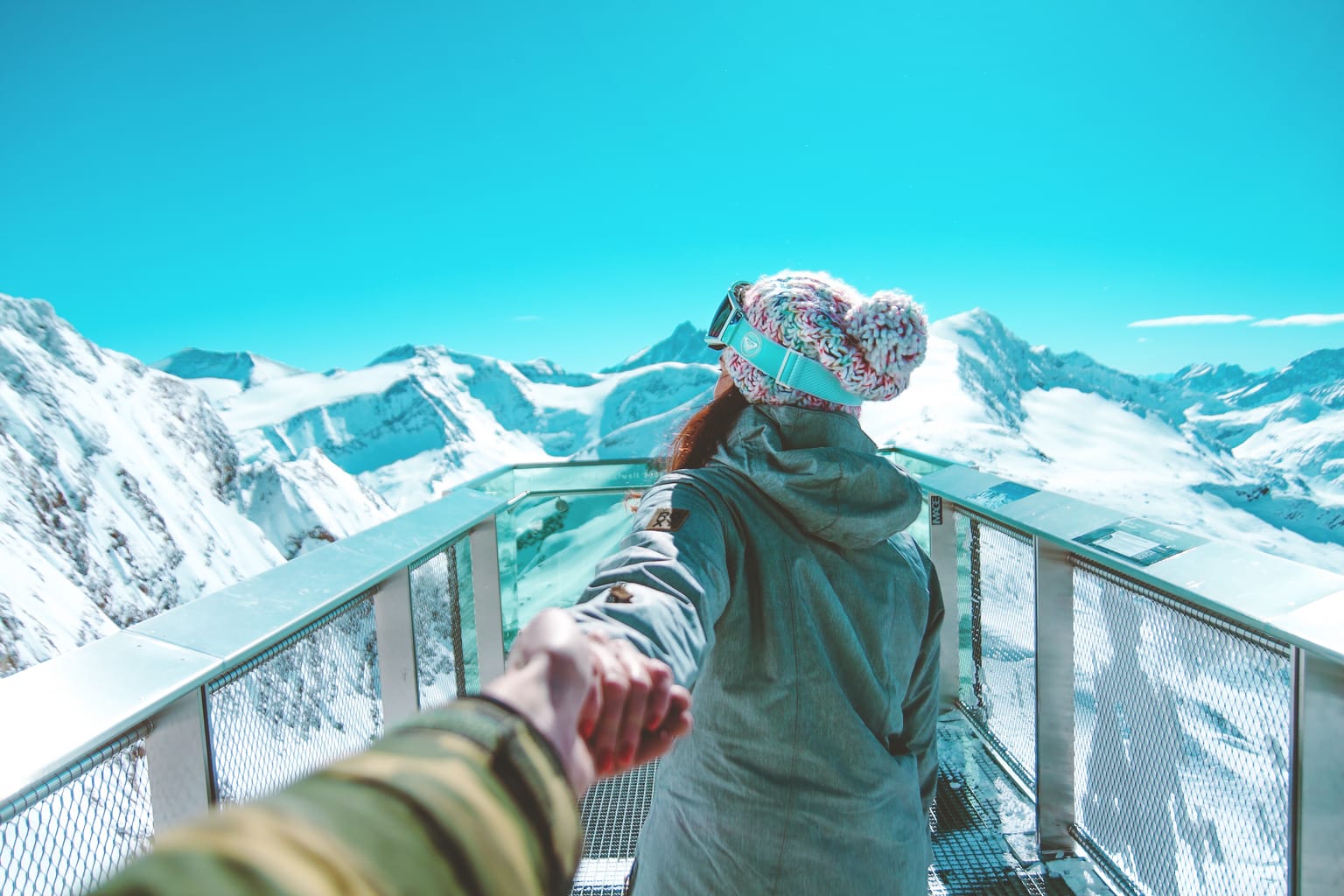
Last time, we talked about using optical illusions in fashion. Today, I’ll be explaining the science of heat transfer, and the most up-to-date tips about how specifically to dress warmly when the weather is very cold – a topic very near and dear to my heart in the icy winds of upstate New York.
While we’ve talked about outfits for below-freezing temperatures before (check that out for specific ideas), today we’re going to cover why your body gets cold and exactly how to dress strategically to keep it warm.
Table of Contents
What is the difference between a base layer and thermals?
A base layer is the first thing that comes into contact with your skin, and acts as a ‘second skin’ for both heat retention or cooling. Thermals are special pieces of clothing that are often designed to be base layers — they are typically tight fitting and made of moisture-wicking fabric for comfort and insulation.
What is the best base layer for extreme cold?
The best kind of base layer is merino wool. It’s great for almost any type of weather and can quickly wick away moisture while being naturally odor-resistant, making it perfect to wear under your clothes on the chilliest days.
Do you wear undies under thermals?
You don’t strictly have to, but I almost always do. I prefer the extra layer during the cold months and let’s be real, underwear doesn’t take any comfort away!
Abstract:
As you might remember from your high school physics class, heat is a type of energy, which means it can be exchanged between objects: things get warmer the more heat energy they take in from other objects, and get cooler the more heat energy they give off to other objects. Your body naturally produces heat, so dressing warmly is about making sure you hold onto as much of your body heat as possible.
To do this, it’s helpful to understand the three main ways that heat can be transferred:
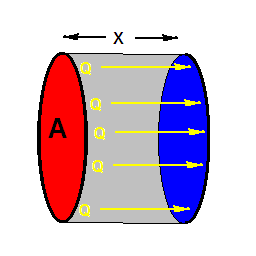
The most obvious way that objects can lose (or gain) heat is through conduction. This is a process in which objects that are in contact with each other, as the vibrating particles that make them up collide with each other, giving off energy from the warmer object to the cooler one.
While to some extent heat loss by conduction is unavoidable (you have to touch objects around you, like the ground and the air), you lose more heat loss by conduction if there are more particles available to interact with each other – just think about how much colder you would feel sitting on a cold stone bench than you would just standing around in cold air. Gases have the fewest particles, liquids a bit more, and solids the most, therefore surrounding your body with a layer of warm, dry air is the easiest way to minimize heat loss by conduction.
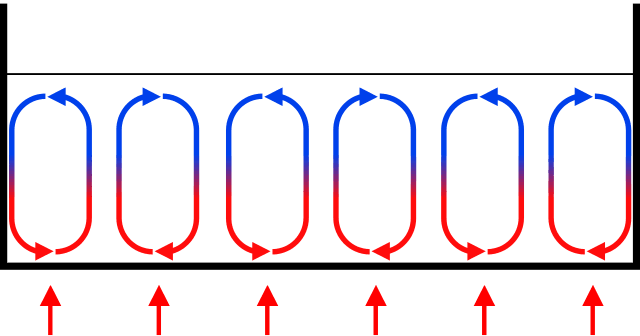
Even if objects are not directly in contact, heat can be exchanged between them by a process called convection. You might recognize this term from the phrase ‘convection oven’, which is an oven that uses fans to move hot air in a cycle around the oven, cooking your food more quickly. In terms of heat transfer, convection works in the same way – warmer air or liquid moves around in a cycle through space, where it gains heat energy in warmer areas, and then gives it off in cooler areas.
Your body’s circulatory system uses the power of moving liquid to heat and cool your body: your core stays warm, while your arms, legs, and head are cooler. As your blood flows through your body, it warms up as it gets nearer to your core, but then cools down as it reaches your extremities.
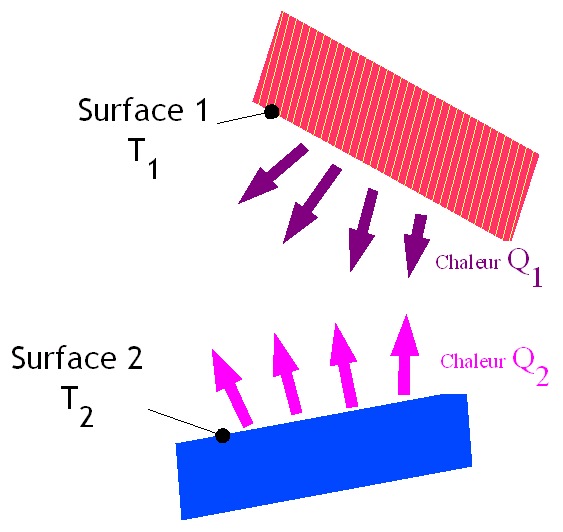
Heat can also be transferred between objects without any movement or contact. In addition to being transferred in the form of moving particles, heat can also move through objects and space in the form of an electromagnetic wave – the same as light energy. This type of heat transfer, known as radiation, is the hardest to prevent, because it can’t be stopped without the use of heat-reflecting materials (which is how super-light emergency blankets can still be so warm).
In fact, because radiation occurs without the movement of any kind of particles, it is the only way that heat can move through outer space: so the heat and light from the Sun is received by Earth in the form of radiation.
Methods:
Figure 1: Choosing the Right Materials
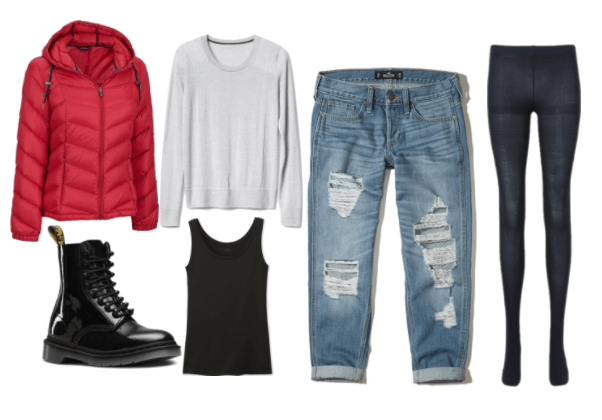
Products: Down coat – Wilsons Leather, Sweater – Gap, Jeans – Hollister, Tights – Uniqlo, Boots – Amazon, Tank – Uniqlo
In order to make a super-warm but not ultra-bulky outfit, it’s helpful to stick to fabrics that trap in heat while wicking away moisture. In this outfit, a thermal base layer from Uniqlo’s Heattech line traps heat close to your body, while a merino wool sweater keeps you warm without getting overheated and sweaty. A down jacket helps trap in more warm air and waterproof boots keep your feet dry, while a pair of relaxed-fit jeans keep you comfy while adding another layer.
Using high-performance materials like silk, wool, fleece, and down allow you to wear fewer layers, allowing you to stay comfortable from your freezing walk to class, to your chilly lecture hall, and even in your warm dorm room, without having to shed a ton of layers. You can even choose items in fun colors and textures, allowing you to look fashionable even when you’re dressing to be practical. Buying with quality materials will cost you a bit more than the rest of your wardrobe, but it’s worth it – because spending a bit more on a great pair of boots, a super-warm jacket, and a few extra-cozy sweaters will make sure you stay warm for years to come.
Figure 2: Covering Extremities
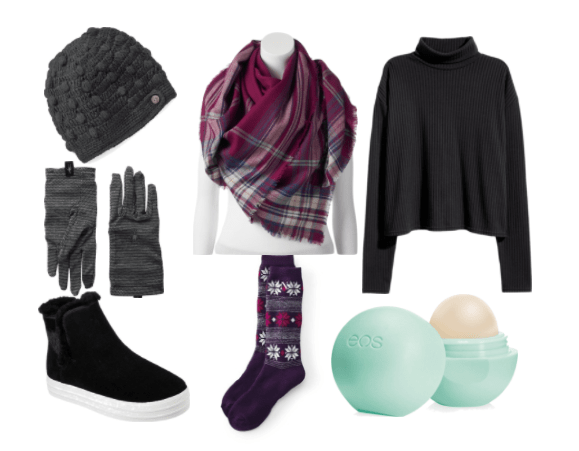
Products: Beanie – Kohl’s, Scarf – Kohl’s, Turtleneck – H&M, Gloves – Zappos, Boots – Shoes.com, Socks – Land’s End
You can lose a lot of heat through areas where your blood vessels are close to the skin, therefore keeping your whole body warm is much easier if you cover up your hands, feet, neck, and head.
Wearing a fleece-lined beanie ensures your head and ears stay cozy, while smart-wool gloves keep your hands and wrists warm without losing dexterity. Wool socks and furry boots keep your toes toasty, while a turtleneck and a scarf make sure your neck stays warm – I love really big scarves because you can bury your face in them when the wind blows at you, and when you’re in class you can wrap yourself up in them like a blanket.
Last, dry winter air can make your skin extra-sensitive, so putting on some lip balm is a great way to help seal in moisture not just on lips, but on anything that might get chapped or flaky.
Figure 3: Peak Layering
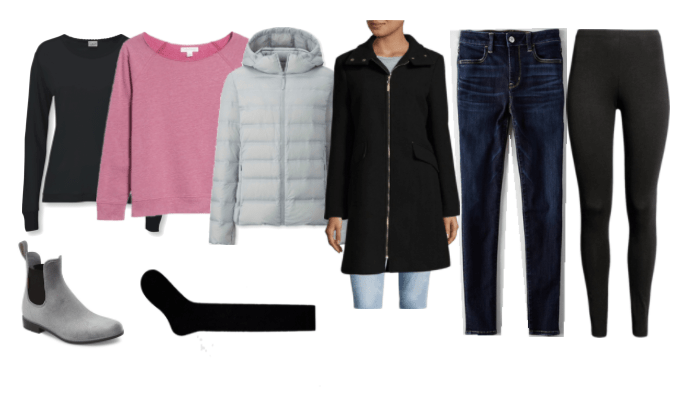
Products: Shirt – L. L. Bean, Fleece – Nordstrom, Down – Uniqlo, Wool – Lord and Taylor, Jeans – American Eagle, Leggings – H&M, Boots – Nordstrom, Socks – ASOS
When the temperatures really start to drop, it can be tempting to put on as many layers as possible to try to keep warm. However, experts say that even if you’re on an Antarctic expedition, you should wear about four layers on every part of your body: a light base layer (like this silk long sleeved tee) to wick away sweat, a warm inner layer (like this pink fleece pullover, which adds a pop of color to an otherwise fairly basic outfit), an insulating layer (like this down jacket, which will hold onto lots of warm air), and a protective outer layer (like this wool coat, which will keep away the elements with its extra length).
It’s okay to have a couple fewer layers on the bottom: Adding a pair of leggings under your favorite dark-wash jeans will protect against the wind. Pull on a pair of tall socks for a flirty detail, and these waterproof Chelsea boots to stay dry and trendy. I could see this outfit working for a casual date or super-comfy evening out if you don’t want to sacrifice staying warm for looking stylish!
Results:
What do you wear to stay extra-warm in the winter?
Let’s submit this to peer review – tell me what you think in the comments below!
Related posts:
